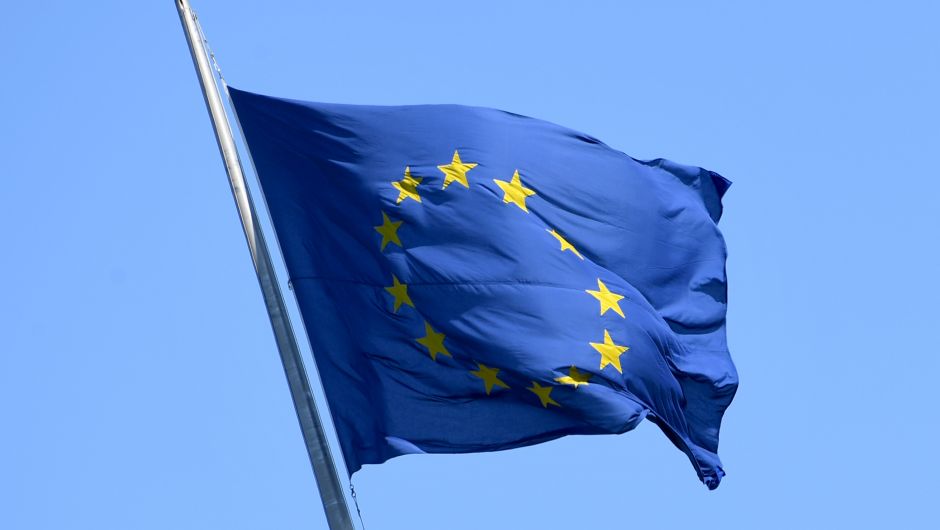Europe in Search of a New Narrative

“What stories does Europe tell?” (picture alliance/Carsten Rehder/dpa)
In the light of Brexit, growing populism and low confidence of the citizens in the European Union, it seems that Europe loses its attraction. Many high-ranking politicians, philosophers, and artists call for a new narrative for Europe that reaches the hearts and revives the enthusiasm of its citizens for the common project. But what exactly constitutes a narrative which is capable to draw people under its spell and get them enthusiastic about Europe again?
To begin with, a narrative is a common story. A typical example is the “American Dream”, symbolized by the promise that everyone can work one’s way from rags to riches. Following this example, a narrative builds upon experiences from the past while guiding actions in the future. By doing so, it gives meaning to both present and future. How such a narrative can arise was the subject of the 10th “Dahrendorf Lecture” hosted by the historian and writer Timothy Garton Ash in Oxford. Yet instead of pursuing a normative approach based on the question which story Europe should tell, the factual question in the focus of attention was: What stories does Europe tell? Guest speakers from various disciplines and contexts – historians and artists, young and old, pro-Europeans and Brexiteers – were invited to the conference.
By bringing so many diverse perspectives on Europe together, it became quickly clear that a meta-narrative for Europe does not exist. Indeed, it is the differences, diversity and the very personal stories attached to Europe that form the core of the European project.
While for an Italian student Europe means to discover new societies and values together with fellow students, a Veteran from World War II sees it mainly as a peace project. For a Roma activist and filmmaker who grew up under Communism, on the other hand, Europe is simply freedom. The numerous personal stories that were told during the conference symbolize Europe and its diversity. If someone feels European and convinced of the common project depends on the various small, personal stories rather than a large, single narrative. Therefore, instead of searching for a new narrative, everyone should be enabled to experience Europe so that in the future everyone has his own personal story about Europe to tell.
*Original article published on May 15, 2019 by Johanna Hans